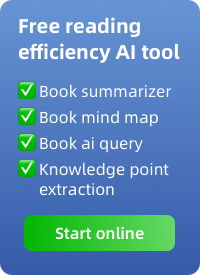The StoryBranding 7 Framework, as presented by Donald Miller in Building a StoryBrand, offers a simple yet powerful approach to marketing by focusing on the customer as the hero of the story. This framework can be effectively used in team training to improve clarity and alignment in messaging, particularly for marketing professionals.
To implement this in team training, begin by educating the team on the seven key elements of the StoryBrand Framework: (1) A Character (the customer), (2) Has a Problem, (3) Meets a Guide (your brand), (4) Who Gives Them a Plan, (5) And Calls Them to Action, (6) That Helps Them Avoid Failure, and (7) Ends in Success. Each of these components helps the team understand that the customer, not the brand, should be the focal point of the messaging. For example, a character-driven approach allows the team to craft narratives where the customer’s problems and desires take center stage, giving the customer a clear understanding of how the brand can guide them to success.
StoryBrand for Internal Alignment:

Training sessions can guide team members to use the StoryBrand BrandScript to create unified marketing materials. By involving the entire team in crafting a brandscript, each member becomes familiar with the clear, simple messaging that is critical for engaging customers. Training can include exercises where the team practices developing websites or ads following the StoryBrand template. They should practice answering key questions like “What does the customer want?” and “What problem are we solving?” (StoryBrand Website Examples).
Using the StoryBrand framework example, trainers can create role-play exercises where the team identifies and communicates the specific internal and external problems customers face. This also allows team members to see firsthand how prospects can be converted using clear calls to action (prospecting using StoryBrand).
Clarity and Simplicity in Messaging:
The StoryBrand template encourages simple, direct messaging that avoids confusing or overwhelming the customer. In training, employees can learn to simplify their communications and make sure every message passes the StoryBrand “grunt test” — if a caveman could understand what the brand offers within five seconds of looking at the marketing material, the message is clear (what is StoryBrand). By practicing this framework, team members will create marketing material that ensures potential customers know exactly what problem the brand solves and how it will improve their lives.
Collaborative Training with StoryBrand:
Collaboration and consistent application of the StoryBrand Framework ensure that the entire team speaks the same language, thereby creating unified marketing efforts. By revisiting StoryBrand concepts, teams can work together to refine the customer narrative, ensuring a consistent message across different channels and touchpoints (StoryBrand examples).



